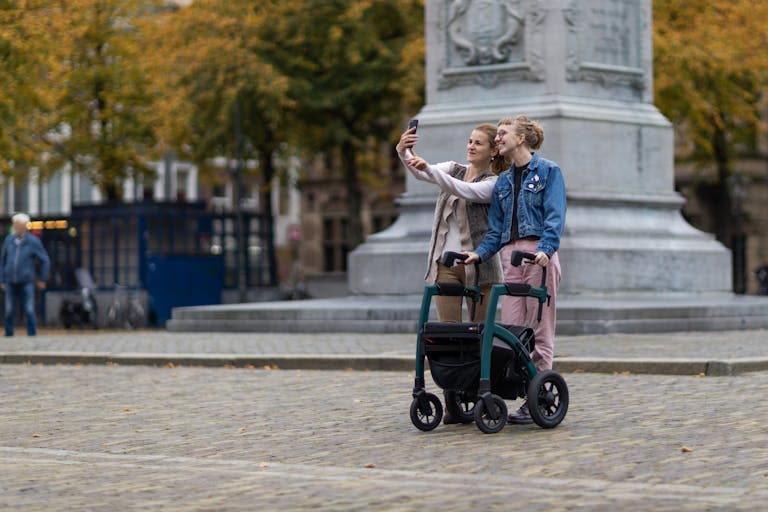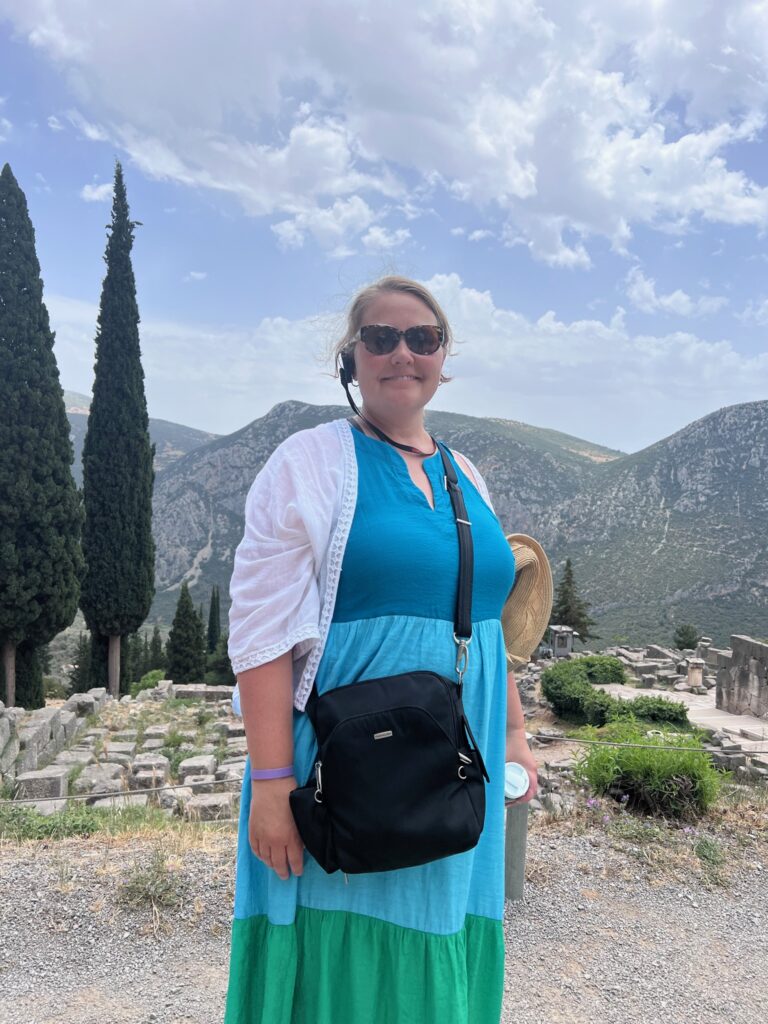Accessible Group Travel Tours: Your Ticket To Adventure(or potential chaos?)
Let’s be real – group travel tours are like that friend who’s simultaneously awesome and slightly exhausting. You know the type, right? They show up with an epic plan, but sometimes things get… complicated. Throw in challenges that come with any chronic illness or disability and well, your amazing tour can turn into an amazing nightmare. Specific accessible group travel tours can be your ticket to an incredible adventure, so let’s talk pros and cons.
The Upside: Why Accessible Group Travel Tours Can Be Totally Worth It
1. Stress-free planning: the logistics are (mostly) handled
Trust me, the difference between planning accessible travel yourself versus joining a specialized tour is night and day. Instead of spending weeks researching accessible transportation, accommodations, and attractions that fit your needs, you are working with a company that already has that research done. These are people who understand accessibility and are on the ground to see in person that your needs can be met. So they’ve done the hard part and coordinate everything. It’s about more than just seeing a destination – it’s about experiencing it without constant worry.

2. Strength in numbers
There’s something uniquely powerful about traveling with others who navigate the world similarly. The ability to relax into a journey realizing you won’t be the one slowing the group down or requiring “special” accommodations can be life changing. The shared understanding creates an environment where accessibility isn’t an exception—it’s the default.
3. Expert Local Knowledge
Tour guides aren’t just people with microphones and walking sticks. The good ones are walking encyclopedias of local culture, history, and those secret spots tourists never find. They’ll drop knowledge bombs that make your Instagram followers seriously jealous. The best accessible group travel tours employ guides who aren’t just knowledgeable about destinations but also understand the nuanced needs of different disabilities. They know which side streets in Paris have the smoothest surfaces for wheelchairs and where all the functioning elevators are around any location.
4. Pre-vetted accommodations
Nothing ruins a trip faster than arriving at your “accessible” hotel to discover the bathroom door is too narrow or the “ground floor” room requires navigating three steps. Quality accessible group travel tours have personally inspected properties and often maintain relationships with specific hotels that consistently deliver on accessibility promises.
The Not-So-Awesome Realities: Potential Downsides
1. One size doesn’t fit all disabilities
Here’s the tricky part of accessible travel that many tour operators still haven’t mastered: accessibility requirements vary dramatically between travelers. Someone with visual impairments needs different accommodations than wheelchair users, and cognitive disabilities present entirely different considerations. Some tours market themselves as “accessible” but really only accommodate mobility impairments.
2. Prepare you wallet
I won’t sugarcoat this—specialized accessible tours can cost 20-30% more than conventional equivalents. The economics make sense (specialized equipment, additional staff training, accessible transport), but the premium creates a financial barrier that compounds existing travel challenges for people with disabilities.
3. Finding the right speed is complicated
Even within disability-focused tours, pacing tensions emerge. Some travelers might need more time or breaks than others. Finding the right balance for tour operators can feel like threading a needle—too slow and some travelers get restless, too quick and others get exhausted. It’s nobody’s fault, just the reality of group dynamics.
4. Limited destination
While accessible travel options have expanded dramatically, you’re still often choosing from a more limited menu of destinations. Want to explore remote parts of Mongolia or trek in Nepal? The options thin out considerably for specialized group tours. Most accessible tours stick to well-trodden, infrastructure-heavy destinations.Also, not every activity will resonate with everyone. That “amazing” museum tour might feel like watching paint dry to some group members. You’re essentially trading personalization for convenience.

Making the Most of Accessible Group Travel Tours
If you’re considering an accessible group travel tour, here are some practical tips from someone who’s been on both sides of the equation:
- Research the company’s specific accessibility expertise. Do they understand your particular needs? What is their definition of “accessibility”?
- Ask detailed questions about previous travelers with similar requirements as yours
- Request specific accessibility information about accommodations, transportation, and activities
- Consider the group size—smaller groups typically allow for more personalized attention
- Check if adaptive equipment is provided or if you need to bring your own
- Don’t be afraid to ask lots of questions and communicate your specific needs. Communication is critically important from both sides
The Bottom Line
Accessible group tours aren’t perfect, but they’ve opened up the world to travelers who might otherwise stay home. Imagine experiencing the canals of Venice, the beaches of Thailand, and the wildlife of Tanzania—experiences that could be logistically overwhelming to arrange independently.
When they work well, these tours don’t just accommodate disabilities—they celebrate the universal joy of discovery while acknowledging and addressing the practical realities of accessible travel. And in my book, that’s worth navigating the occasional compromises of group dynamics.





